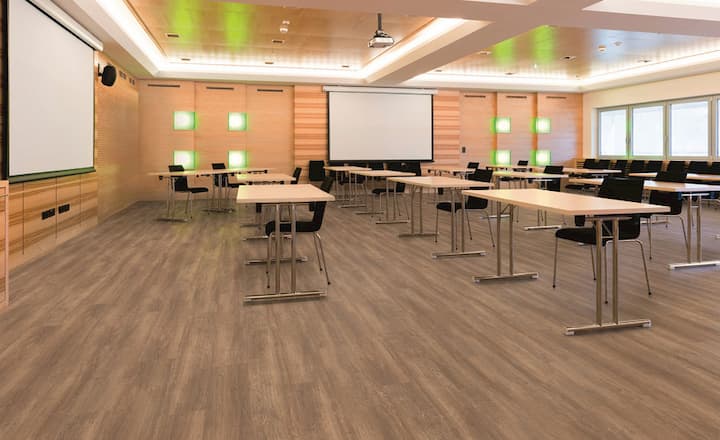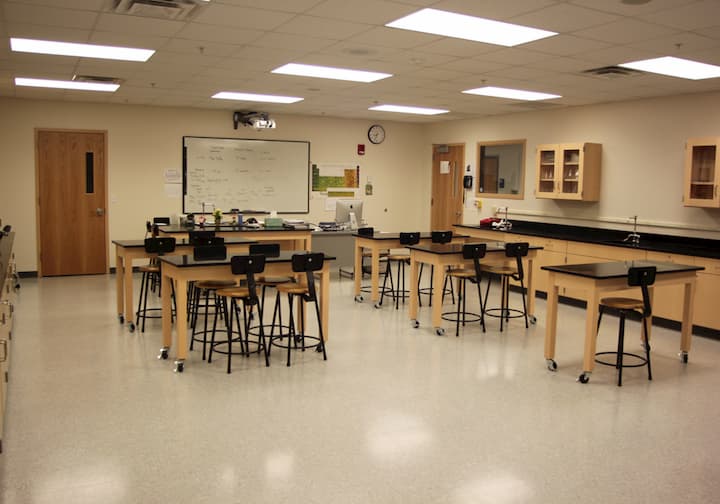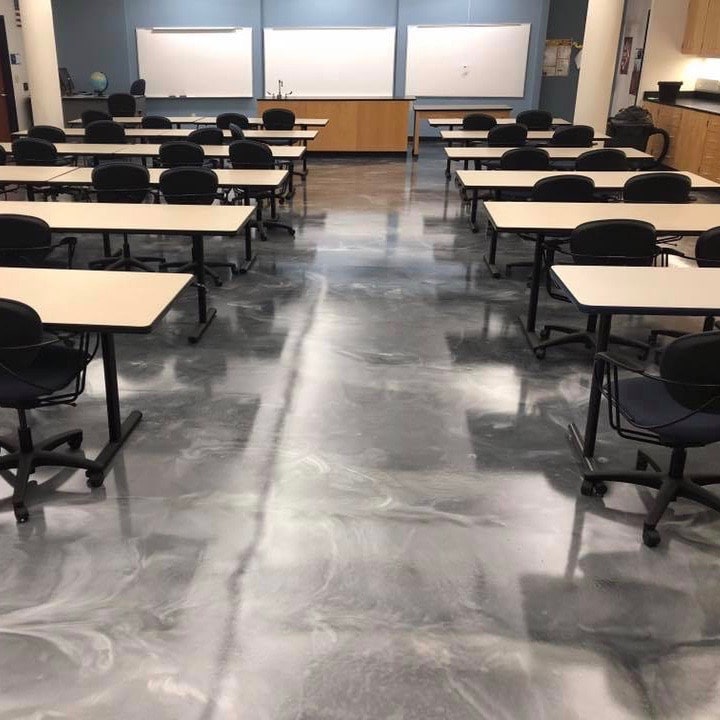Choosing the right flooring for school is a complex decision and should be made with various considerations in mind. Besides the cost, there are many other factors you need to look at very carefully in order to create a safe, happy and healthy environment for both kids and teachers. As is with most things, there are a few aspects to inspect before making your final buying decision.
- Safety
Every school or daycare centre should fulfill general safety measurements, and oftentimes, flooring is the starting point. As schools are usually big institutions, flooring covers a great amount of their area. The wrong choice of flooring can easily result in slipping and accidents, and that’s one of the main reasons why it’s an essential part of creating a safe environment. Slip-resistant flooring prevents hazards from occurring and is considered the perfect solution for kindergartens, daycare centres, primary and secondary schools, as well as for youth clubs and other facilities with high foot traffic.
- Durability
As schools are highly crowded by pupils and teachers ( and parents occasionally), hallways, classrooms, cafeterias and gymnasiums require commercial flooring designed to withstand extensive use. Commercial flooring is made of extremely durable materials that withstand heavy foot traffic and rough play. Therefore, investing in flooring that can stand the test of time is essential.

- Hygienic
Children and messes go hand in hand, and stains, spills, and general disarray are unavoidable. Especially in educational institutions where a lot of kids have their meals in the cafeteria, classrooms or the school’s backyard. Regardless of the good habits of managing their waste that children may have, the type of flooring should reduce the spread of germs and infectious diseases. As traditional cleaning and maintenance solutions are actually causing more harm than good, cleaning and maintaining the flooring is crucial. The right flooring for schools has to be easy to clean and sanitize.
- Style
First impressions matter, especially during open days when institutions are welcoming students to take a tour around the facility and see whether they would like to join their community. Whether you want to update the look of your school’s interior design or are building a brand new facility, modern childcare flooring can give your school’s interior design that much needed decor boost.

School Floor Materials to Choose From
- Rubber Floor Tiles
Rubber tiles are mostly used in playgrounds and gyms, where kids are most active and need to be protected. They come in a variety of thicknesses that determine the softness of the floor. Interior spaces such as classrooms and halls usually require ¾ or ½ inch thickness, while playgrounds and other active areas need a thickness of two inches or more.
- Vinyl Tiles / Sheet
Resilient vinyl tiles or sheets are easy to clean and can be sanitized with any standard cleaning solution. Vinyl flooring for schools is a suitable solution for a range of spaces – from hallways and cafeterias to laboratories and libraries. Because of its wide colour palette, vinyl may offer an illusion of beautiful wood, and everything between earth tones to blue hues. Providing a durable, inexpensive, easy-to-install low-maintenance option, vinyl is the ideal option for educational facilities. Thanks to its acoustic and shock absorbing qualities, vinyl floors are hard to beat.

- Linoleum Flooring
Natural linoleum is a flooring option that shares many qualities of vinyl. Linoleum is an all-natural product free of any gas and toxic compounds. However, it’s susceptible to water damage, as even excessive humidity may severely damage this flooring type.
- Carpets
Educational carpets used to be the most common flooring solution for spaces designated for kids. Soft, versatile, safe and comfortable to walk on, carpets are true heaven to walk on. Plus, they are sound-absorbing, which makes them the perfect fit for libraries and study areas as well.
However, carpets have low resistance to water and other liquids and are generally very difficult to maintain clean. Stains are always a problem, especially for brighter carpet colours, as moisture may penetrate into the padding and start damaging the subflooring below, causing the growth of mould and bacteria.
Bottom line is, there truly is no one-solution-fits-all when it comes to installing education flooring. Every room has a specific purpose and needs to be outfitted with a suitable flooring solution. It might seem complex at the beginning, but gathering as much information as you possibly can about the types and uses of educational flooring as well as consulting with a professional on the matter is a foolproof way to outfit your educational facility with the right flooring solution.